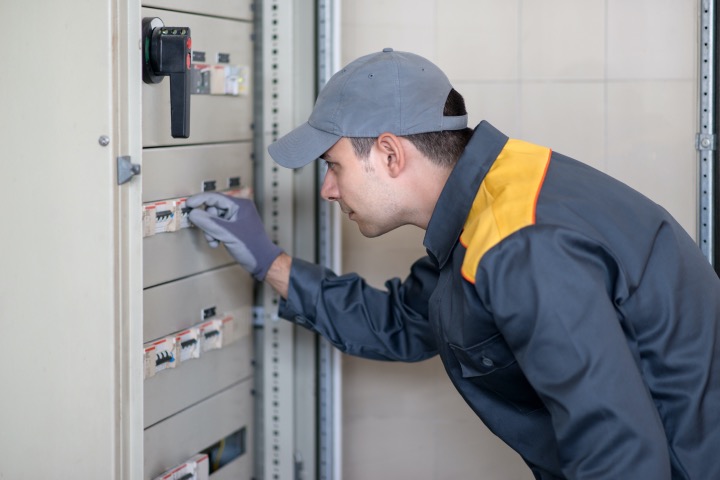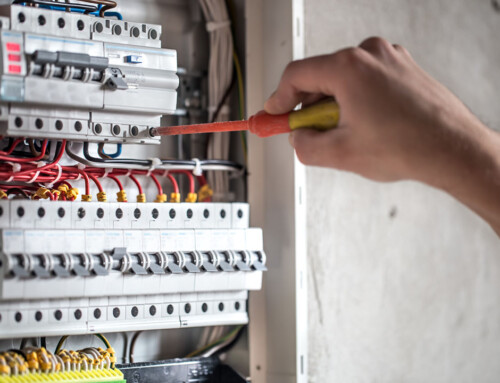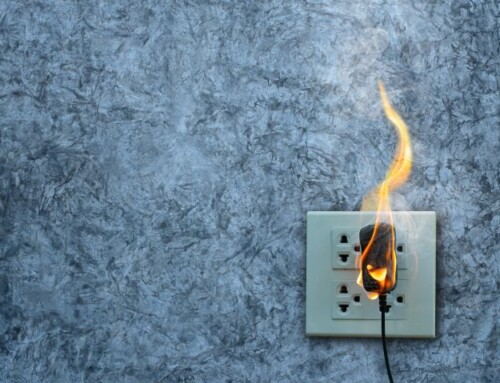Table of Contents
Safety switches are devices that monitor the movement of current through electrical wiring and disconnect the supply of electricity upon detecting differences or imbalances. They react to even the tiniest change within a fraction of a second, cutting off the power if there’s a leak of electricity to ground, a power board is overloaded, etc.
Unlike surge protectors and circuit breakers (which protect electrical appliances), these devices are designed to shield people from electrocution and fire. Single-phase safety switches and three-phase safety switches find many applications in the electrical industry, especially for residential, business, and commercial switchboards.
What Causes Safety Switches to Keep Going Off?
If the amount of current flowing in matches the current flowing out, safety switches remain on and power supply is uninterrupted. If they keep tripping or going off, however, check for these 5 main culprits:
-
Faulty/Damaged Appliances
Old, damaged, or faulty electrical appliances can leak extra current, and safety switches will trip when they detect the excess flow. With heavily used appliances, wear and tear is the main reason for performance issues, so you need to maintain them properly. If a switch goes off, first try resetting it. If it trips again, unplug all your appliances, reset the switch, and then reconnect them one at a time to discover which one is causing the trip.
-
Damaged Wiring
Electrical wiring and its insulation gets worn out and damaged over time. Fluctuations caused by damaged wiring will be detected by the safety switch, which will immediately cut off the power supply to reduce the risk of wiring or insulation burning out. If appliances are not causing safety switches to trip, old or faulty wiring could be to blame. You may need to have the building rewired with new electrical cables, especially in an older property.
-
Nuisance Tripping
When too many appliances are running, each appliance can leak tiny amounts of current, which adds up to a significant amount. As a result, safety switches will always be close to going off, and even small fluctuations in the power supply can cause them to trip every couple of days or so. Start by disconnecting a few appliances, and if nuisance tripping continues, call an electrician to check for old wiring, water leaks, accumulated debris/insects in electrical fittings, etc.
-
Bad Weather
Heavy rain and lightning can also affect safety switches, especially if lightning strikes your property, power lines nearby or the station supplying power. The resulting electrical surge and voltage fluctuations can trip switches, and you need to wait till the storm ends before you reset them. Rain water can also get into power points, terminals, outdoor fittings and other electrical items during extended or severe storms. Wait till they dry before resetting them.
-
Defective Switches
Occasionally, a faulty safety switch may also cause tripping. Most of the time, however, broken or worn out safety switches will stop going off (which is what they are supposed to do in the first place). Check if they are working and if they get stuck or don’t trip, replace them. Whether you use single-phase safety switches or three-phase safety switches, test them regularly to make sure they’re working. This reduces the chances of nuisance tripping and lowers the risk of shock or fire.
How to Test Your Safety Switch
How Often Should Safety Switches Be Tested?
Ideally, it’s a good idea to test safety switches once a month. However, since you only see them when you examine the switchboard, this may be impractical for some people. At the very least, test them once every three months or call a qualified electrician to set up a maintenance and inspection schedule.
D&F Liquidators can provide you with a wide range of electrical components, including NEMA rating switches, insulated wiring and cables, power point terminals and more, at very competitive prices. Contact us to discuss your requirements today!






